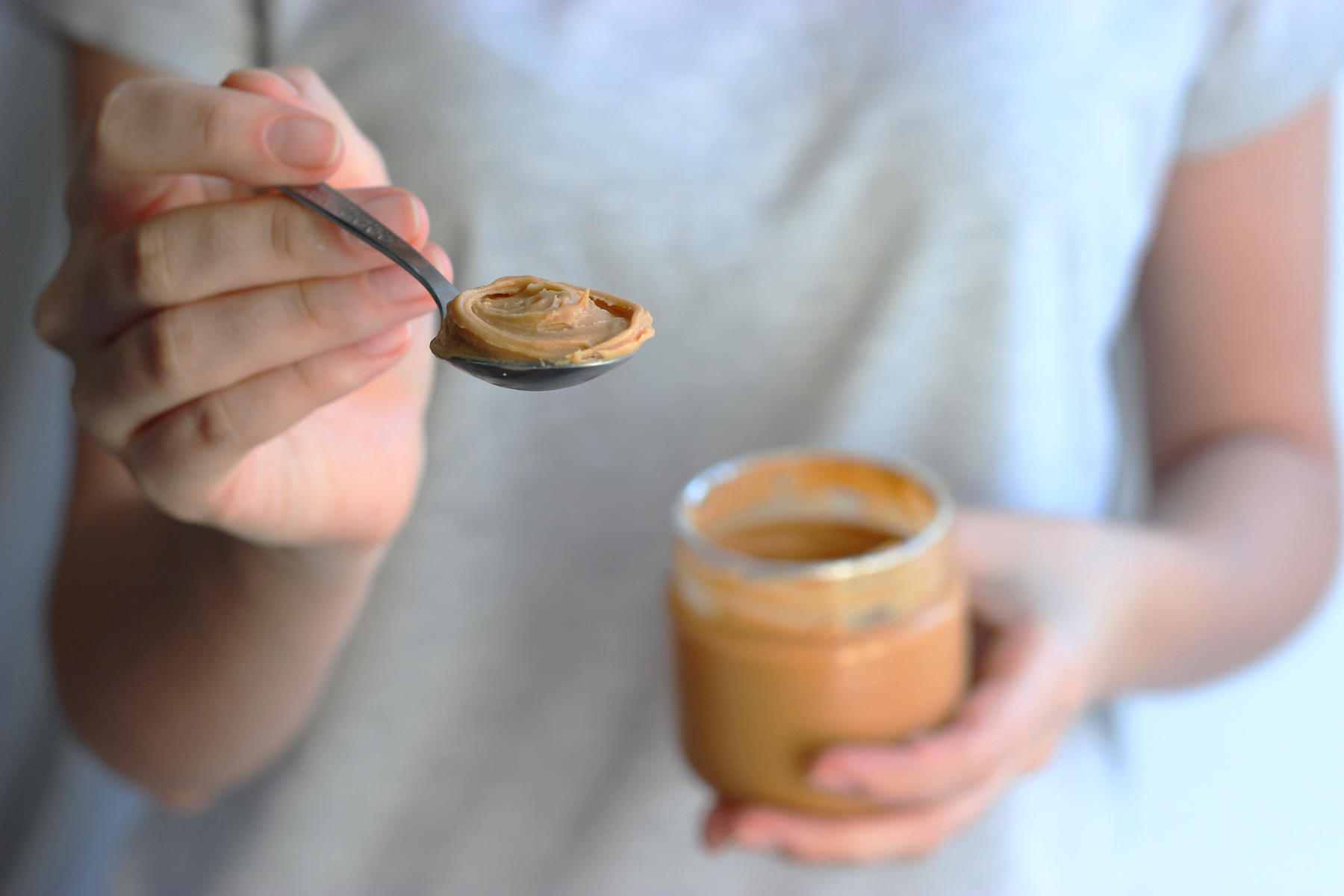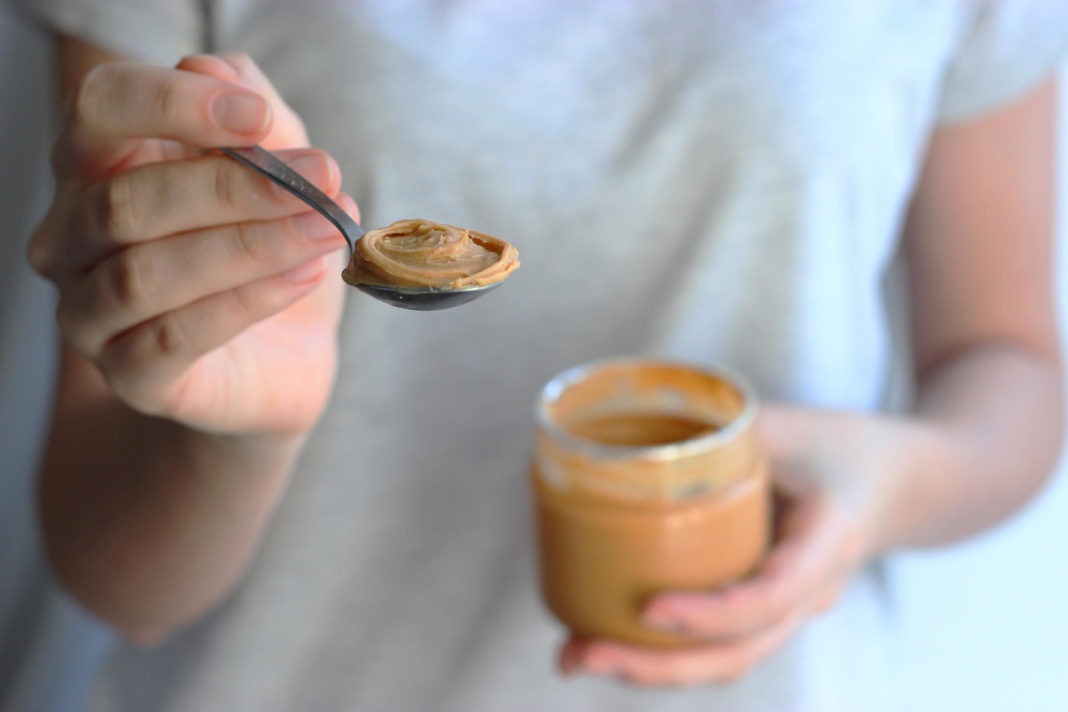
1. Why have doctors changed their views?
Serious food allergies are more common than when we were kids, but experts still aren’t sure why. Until 2000, pediatricians advised that kids who were at higher risk of a food allergy delay eating certain allergenic foods until age 3. They thought this would prevent reactions from developing early on. By 2008, research suggested the opposite might be true, so the American Academy of Pediatrics began telling parents to give babies highly allergenic foods. Last year, a large study in The New England Journal of Medicine showed that higher-risk babies who started eating peanut protein regularly between 4 and 6 months had an 80 percent lower chance of developing a peanut allergy. This was such a major finding that doctors issued new recommendations about how to introduce peanut protein to help prevent peanut allergies, which are the most likely to cause life-threatening reactions.
2. Should my baby be tested for a peanut allergy first?
This is important only if he has persistent or recurrent eczema that needs frequent prescription ointment or he has an egg allergy, since babies with either are more likely to develop peanut allergies. The preferred method is the peanut Skin Prick Test, but he can get the blood test for peanut-specific IgE (antibodies produced during an allergic reaction) instead.
3. So, when should I give my baby peanut?
The timing depends on your baby’s own risk factor. It’s a good idea to talk to your pediatrician about this at the 2- or 4-month well visit. Infants who have severe eczema or an egg allergy can benefit the most from eating peanut between 4 and 6 months either at home or under a ped’s supervision—depending on the results of their allergy test. Babies with mild or moderate eczema or no other risk of allergies can start at 6 months, when pediatricians say it’s usually best to begin solids. If you have an older child with peanut allergies, discuss with your doctor how to safely give peanut to your baby without endangering the allergic child.
4. How do I do this?
For high-risk babies, the new advice is to give your baby 2 teaspoons’ worth of peanut butter three times a week. We don’t know how much low-risk babies need, so experts suggest they have peanut as often as it’s eaten at home. You can mix watered-down peanut butter, peanut flour, or peanut powder into infant cereal or baby puree. If you’re not comfortable with this DIY method for the first go-round and don’t mind spending a little extra, the Hello, Peanut! Introduction Kit is a good alternative. For $25, you get a week’s worth of packets of peanut powder to mix into your baby’s meal.
Once your baby tries a bit of peanut, watch her for ten minutes to check for reactions (rash, hives, trouble breathing, or behavior changes). If she seems fine, continue to feed the puree, and observe her for two hours. Keep serving peanut regularly. “If no reactions occur up through your child’s second birthday, you can breathe a sigh of relief that she won’t be allergic,” says Parents advisor Hugh Sampson, M.D., director of the Jaffe Food Allergy Institute at Mount Sinai’s Icahn School of Medicine, in New York City.
5. My baby is 9 months. Can I start now?
Yes! The research focused on high-risk infants, but giving peanut to older babies may still be beneficial.
Parents Magazine


